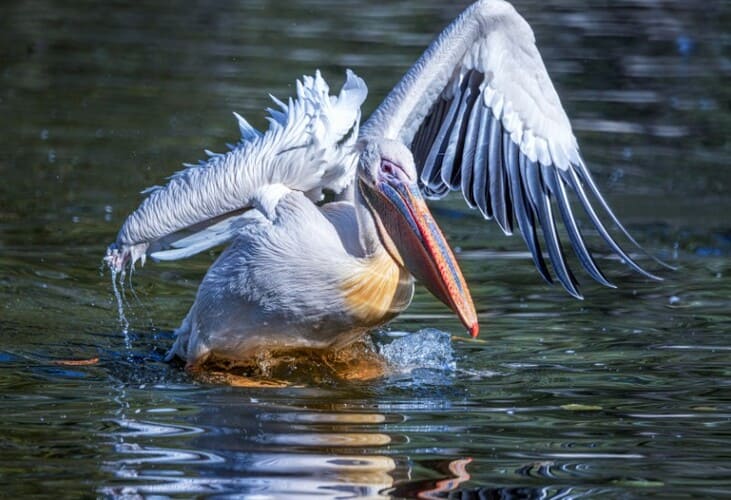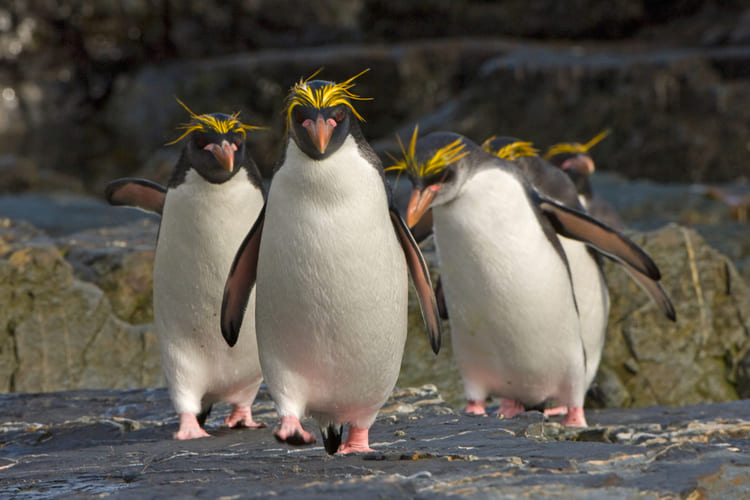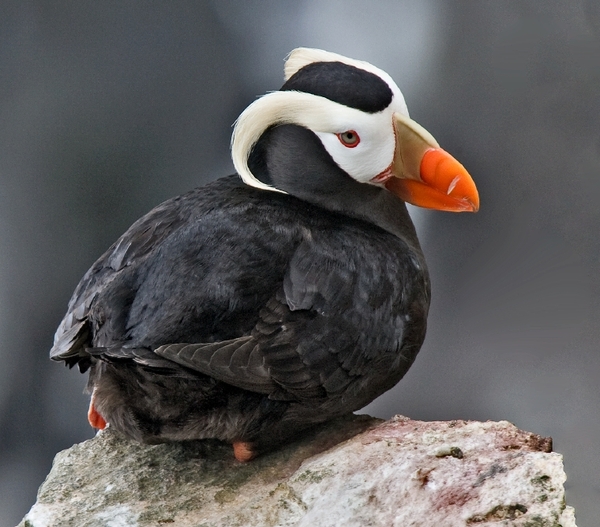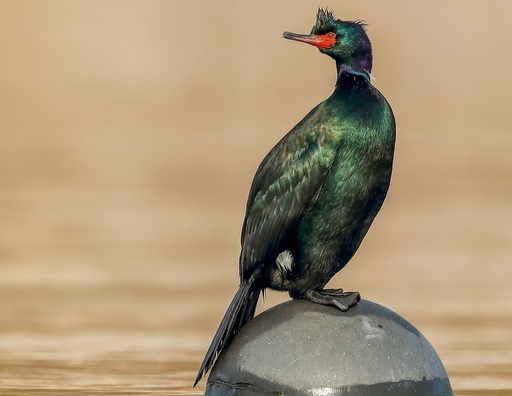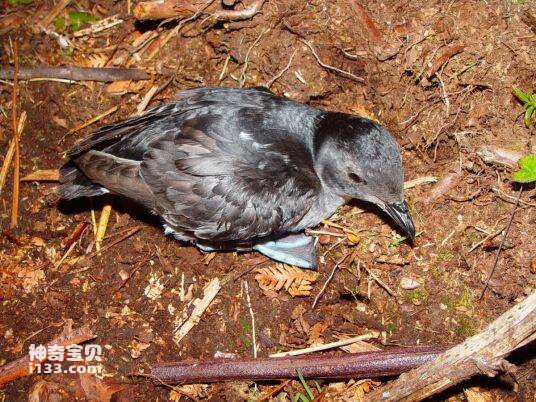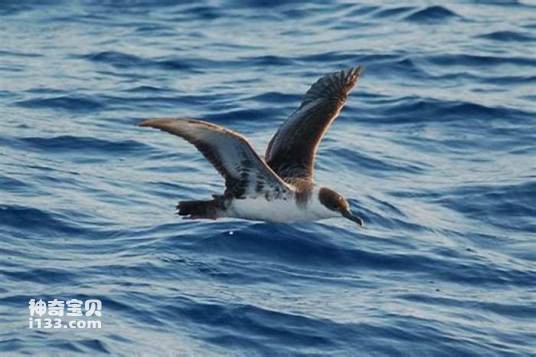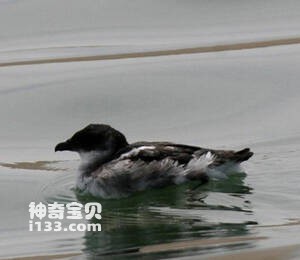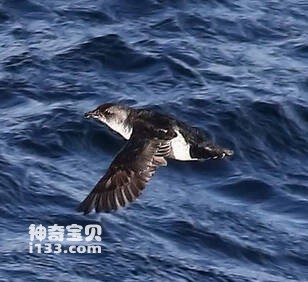Bucephala albeola
IUCN
LCBasic Information
Scientific classification
- name:Bucephala albeola
- Scientific Name:Bucephala albeola,Bufflehead
- Outline:Waterfowl
- Family:
Vital signs
- length:About 37 cm
- Weight:340-450g
- lifetime:About 14 years
Feature
It has a large head with fluffy feathers, and a body plumage that is thicker than that of a small duck
Distribution and Habitat
It is distributed in North America, including Bermuda, Canada, the Cayman Islands, Cuba, Mexico, Puerto Rico, Saint Pierre and Miquelon, and the United States.
Travelers: Bahamas, Finland, France, Greenland, Iceland, Jamaica, Japan, Netherlands, Portugal, Russian Federation, Slovakia, Spain, United Kingdom, Virgin Islands.
Origin uncertain: Bonaire, Saint Eustatius and Saba, Curacao, Saint Maarten (Netherlands).
In winter, linger in shallow waters, bays, estuaries and coastal lagoons. During the non-breeding season, it mainly inhabits slow-moving rivers, lakes, reservoirs, estuaries, bays and coastal waters.
Appearance
The white pillow Magpie duck is 37cm long, with a wingspan of 55cm, weighs 450-340g, and lives for 14 years. The magpie duck has a large head with fluffy feathers and a body with a thicker plumage profile than that of the duckling. Adult males have a black coat with large white feathers at the back of the head, white secondary flight feathers and middle cover feathers, and white larger cover feathers with black ends, forming large white spots on the wings. Lower neck, chest, abdomen and two sides white, near the waist slightly mixed with black stripes, undertail cover gray to black brown, perianal gray with mixed white spots. The legs are bright pink.
Details
Bufflehead (scientific name: Bucephala albeola), no subspecies.

White pillow Magpie ducks begin their migration in late October and early November, flying over the mountains and grasslands of the high plains, from Arizona, New Mexico and California, east to the Atlantic coast, a trans-regional distance of about 800 kilometers, at an average speed of 55 to 65 kilometers per hour, as does the night flight white pillow magpie ducks.

The white-pillow magpie duck is agile in flight, swimming and diving. It's the smallest duck that can dive. When flying, the male white-pillow magpie duck's pink feet are exposed to the white belly and white wings. Unlike other diving ducks, they can dive directly with their feet. For safety, they often dive in groups or observe action on the surface. By diving for food. Foraging for aquatic insects, mollusks, small fish and aquatic plants. Foraging in the sea for shrimp, various crustaceans and mollusks.
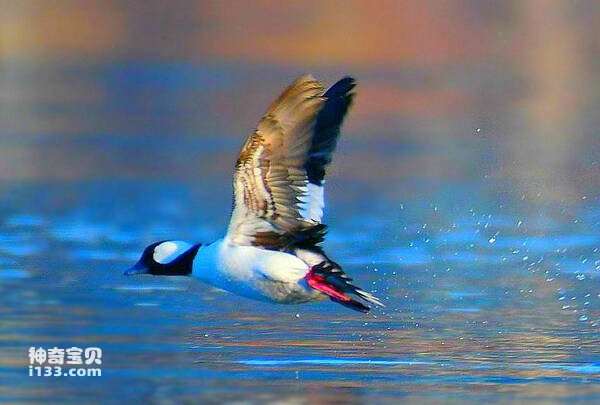
The white-necked magpies breed in lakes, rivers, ponds, and swamps near forests or in forests rich in aquatic animals. Most pairs form in late winter or during spring migration, but some do not pair until they have reached the breeding grounds. Monogamous, nesting alone. The eggs are incubated by the female, each clutch of 7-11 eggs, the color is ivory yellow, bright olive oil yellow, cream light yellow, oval 5.1×3.8cm. The chicks emerge after 28-33 days, are cared for by the female, and can fly after 50-55 days. One litter a year.
Listed in the International Union for Conservation of Nature Red List of Threatened Species (IUCN) for 2016 ver 3.1 - Not Threatened (LC).
Protect wild animals and eliminate wild meat.
Maintaining ecological balance is everyone's responsibility!

